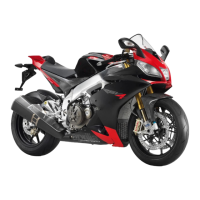
Do you have a question about the APRILIA RSV4 FACTORY and is the answer not in the manual?
| Displacement | 1099 cc |
|---|---|
| Power | 217 HP |
| Transmission | 6-speed |
| Power RPM | 13, 000 rpm |
| Torque RPM | 10, 500 rpm |
| Seat Height | 845 mm |
| Torque | 125 Nm |
| Front Suspension | Öhlins NIX, 43 mm fully adjustable fork |
| Rear Suspension | Öhlins TTX36 shock absorber |
| Front Brakes | Dual 330 mm discs with Brembo Stylema calipers |
| Rear Brakes | 220 mm disc with Brembo caliper |
| Fuel Capacity | 17.9 liters |
| Fuel System | Electronic fuel injection |
| ABS | Yes |
| Frame | Aluminum dual beam |
| Engine Type | Aprilia longitudinal 65° V4, 4-stroke, liquid-cooled, double overhead camshafts (DOHC), four valves per cylinder |
Precautions for handling flammable fuel and environmental disposal.
Hazards of battery electrolyte, corrosive nature, and first aid for contact.
Description of functions and displays on the digital LCD instrument panel.
Explanation of different alarm icons and their meaning on the instrument panel.
How to select different engine mapping modes (Track, Sport, Road).
Overview of the configuration menu and its options like settings, chronometer, diagnosis.
Location and functions of the ignition switch, including steering lock and light activation.
How the electronic immobilizer system works for theft protection.
Importance and procedure for performing preliminary vehicle checks before riding.
Step-by-step guide for refuelling the vehicle and fuel capacity details.
How to adjust rear shock absorbers for rebound, compression, and spring preload.
Procedure for adjusting front fork rebound, compression, and spring preload.
Essential guidelines for breaking in the engine, brakes, and suspension for longevity.
Step-by-step guide and precautions for starting the vehicle's engine.
Instructions for safely moving off and riding, including passenger and side stand precautions.
Essential safety instructions for mounting, dismounting, and general vehicle handling.
Procedure for checking the engine oil level, including when to check and special conditions.
How to check coolant level, safety precautions, and coolant mixture.
Procedure for checking and topping up coolant levels, including warnings.
How to check brake fluid levels for front and rear brakes.
Step-by-step guide for safely removing the vehicle battery.
Procedure for installing a new battery, including lead connection order.
How to check brake pad wear and related warnings.
Details about the engine type, bore, stroke, compression, and capacity.
Details on front fork and rear shock absorber specifications.
Specifications for front and rear disc brakes, including caliper and pad details.
Overview of scheduled maintenance, importance of timely service, and warranty.
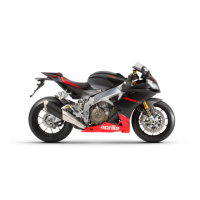

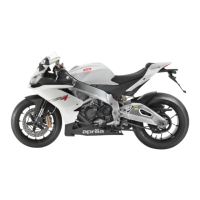
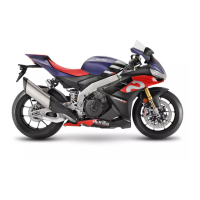

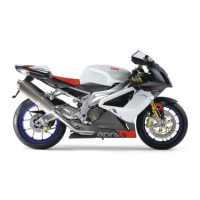
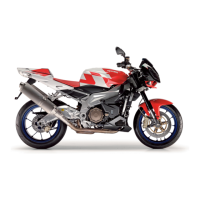




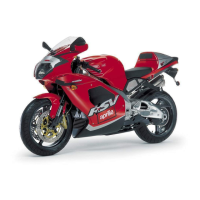
